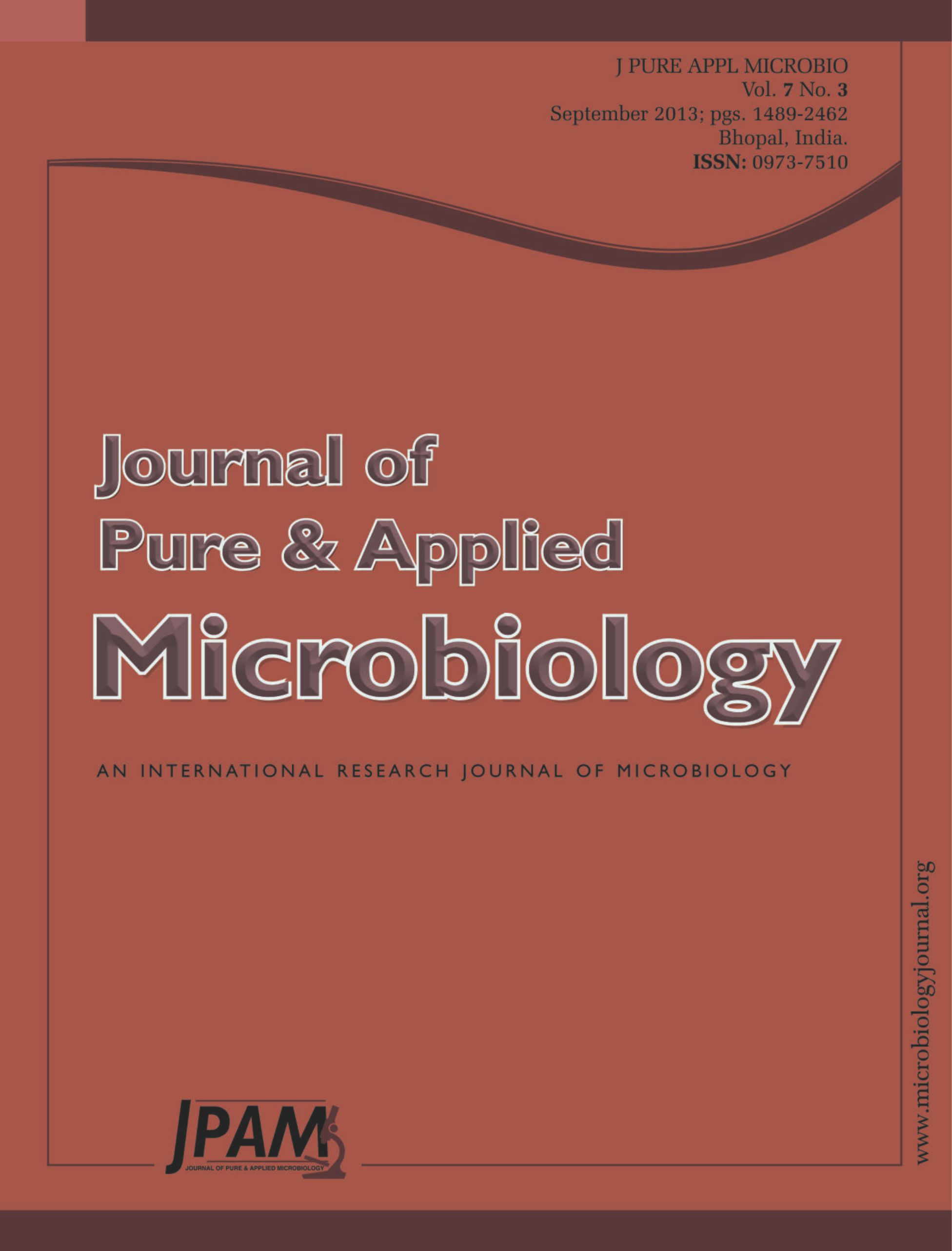Recently, studying on microorganisms of mangrove forests in Eastern India, an extremely halophilic bacterium was isolated and characterized. Designated as sm-sr10, this pleomorphic bacterium grows up to 4M NaCl added in medium and significantly degrade crude engine-oil. It is identified as Halomonas sp at 16S rDNA level (GenBank Acc. no HM446042). The scanning electron micrography reveals small rod with a rough surface. This alkaliphilic bacterium is positive for protease and multi-drug resistant with possession of large plasmid (~50 kb). 16S rDNA sequence reveals sm-sr10 belongs to genus Halomonas and family Halomonadaceae. The phylogeny analysis suggests its similarity to Halomonas shengliensis SL014B-85 and Halomonas sp. MOLA 69 (99 %); Halomonas sp. Ad-1 and Halomonas sp. C-12 (98 %) and Halomonas sp. whb34 (97 %). It can significantly degrade (50% and 75% in 10 and 20 days respectively) engine-oil and appreciably nitrobenzene in BH media. Its respiration with nitrate as substitute to oxygen, an energetically more favored terminal electron acceptor may suggest the eutrophic status of such water body contaminated with industrial nitrogenous wastes. Present finding is important for the understanding of saline adaptations, stress and drug resistance of these types of halophiles which may be utilized for in situ bioremediation.
Halophilic, 16S rDNA, Halomonas, large plasmid, engine-oil, bioremediation
© The Author(s) 2014. Open Access. This article is distributed under the terms of the Creative Commons Attribution 4.0 International License which permits unrestricted use, sharing, distribution, and reproduction in any medium, provided you give appropriate credit to the original author(s) and the source, provide a link to the Creative Commons license, and indicate if changes were made.


